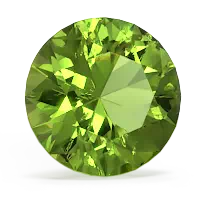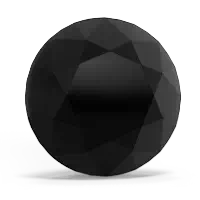


A pair of emerald earrings are a timeless and classic accessory. You can choose from genuine emerald, or more affordable lab-created emerald. A pair of peridot earrings sparkle by day, and remain brilliant at night. The Romans called peridot the “evening emerald†whose vibrant green color remained visible by lamplight. A pair of black onyx earrings are an affordable and elegant gift. Always appropriate and always in style, black onyx should be in every jewelry box.